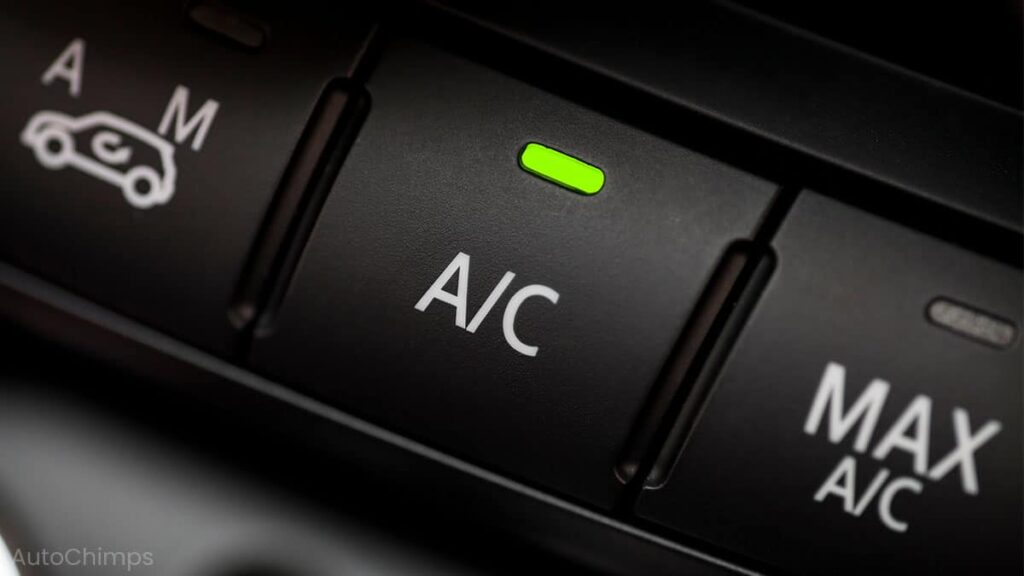
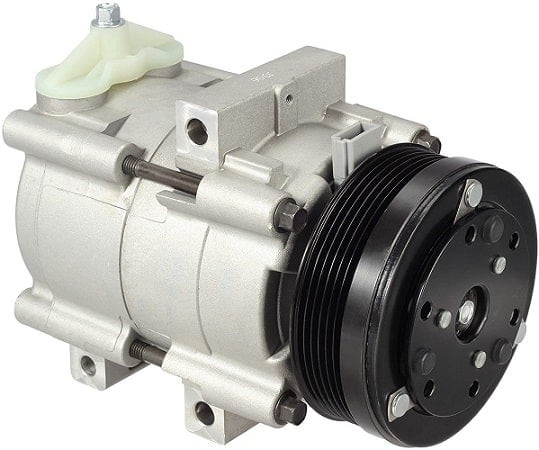
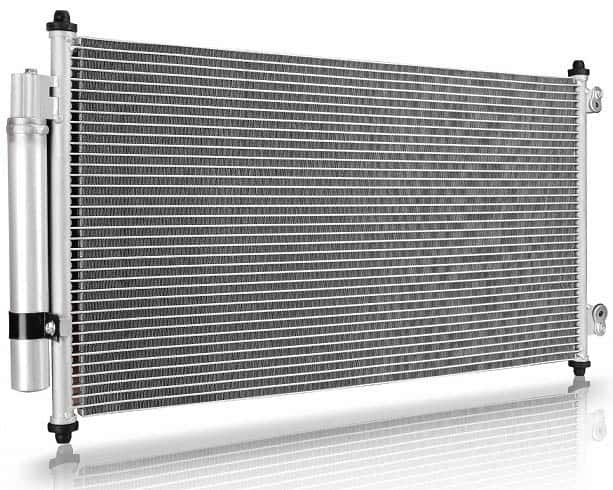
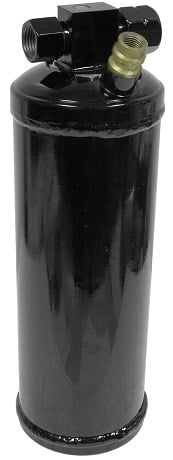
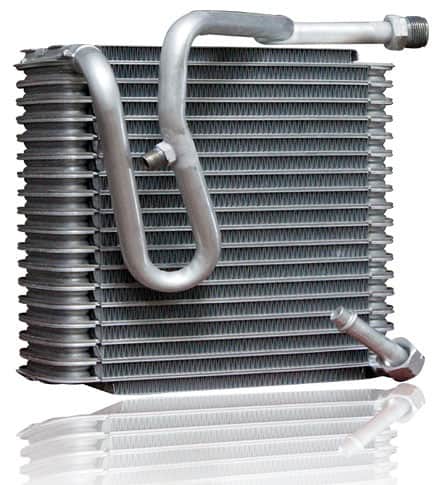
How Car AC Systems Keep Things Chill
For many car owners, the AC system is like magic. Press a button, and bam—cool air hits the cabin. But behind that simple action lies a fascinating process that’s worth understanding. So, how does this automotive cooling magic work?
The Basics of AC Functionality
At its core, the AC system cycles refrigerant, flipping it from gas to liquid and back again. By the time it’s done, the refrigerant is super cold and ready to chill the air before it flows into the cabin. Let’s break down the five main components that make this happen.
Quick Note on Refrigerants

Freon, or R-12, was the go-to refrigerant for car AC systems until the mid-90s. But because it was a major ozone buster, the EPA put the kibosh on it. Now, most cars use R-134a, which is less harmful, and since 2015, R-1234yf, which is even better for the environment.
The Refrigerant Cycle Explained
The High-Pressure Side
Step 1: Compressor

The AC compressor is like the heart of the system. It’s hooked up to the engine and uses a belt to power a series of pistons. These pistons suck in low-pressure gas and crank it up to high-pressure gas. The clutch controls whether the compressor gets power, sending that hot gas to the next stop: the condenser.
Step 2: Condenser

When the refrigerant hits the condenser, it’s hot and under pressure. Think of it like a mini radiator that cools the gas down as it flows through. Air rushing around helps cool it off, turning it back into a high-pressure liquid, ready for the next step: the receiver/dryer.
Step 3: Receiver/Dryer

The receiver/dryer has an entry point for the high-pressure liquid and an exit for the filtered product. It uses filters to catch any debris and desiccants to absorb moisture—because moisture is a no-go. If it gets into the system, it can freeze and mess things up. Once cleaned up, the refrigerant heads to the expansion valve.
The Low-Pressure Side
Step 4: Expansion Valve/Orifice Tube
This part regulates how much refrigerant gets through, kind of like a nozzle on a garden hose. It drops the pressure and cools the refrigerant fast. If the system has an orifice tube instead of an expansion valve, it works similarly but can’t adjust like the valve can.
Step 5: Evaporator

The evaporator is where the magic happens. It absorbs heat instead of releasing it, dropping the temperature to around 32 degrees Fahrenheit. Weirdly, while water freezes at that temp, the refrigerant boils, turning back into gas and soaking up even more heat. A fan blows outside air over the evaporator, cooling it down before sending that refreshing breeze into the cabin.

